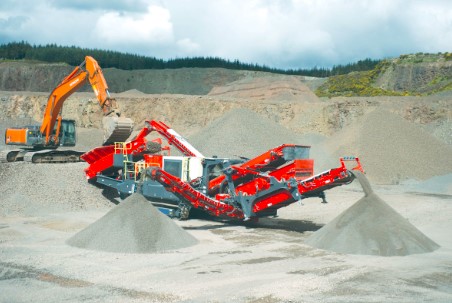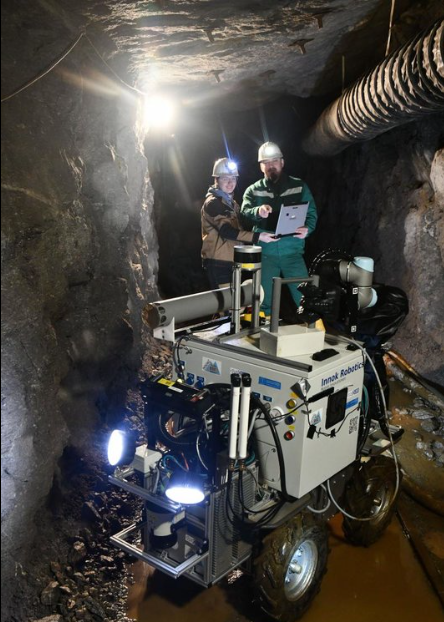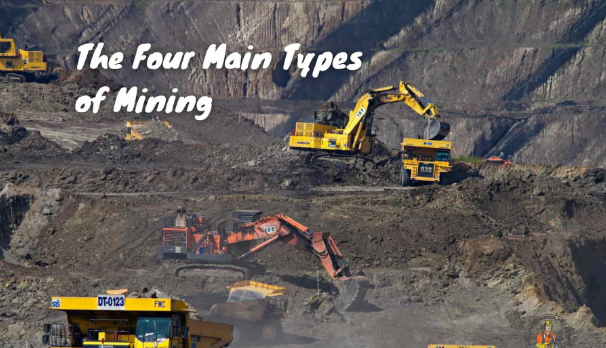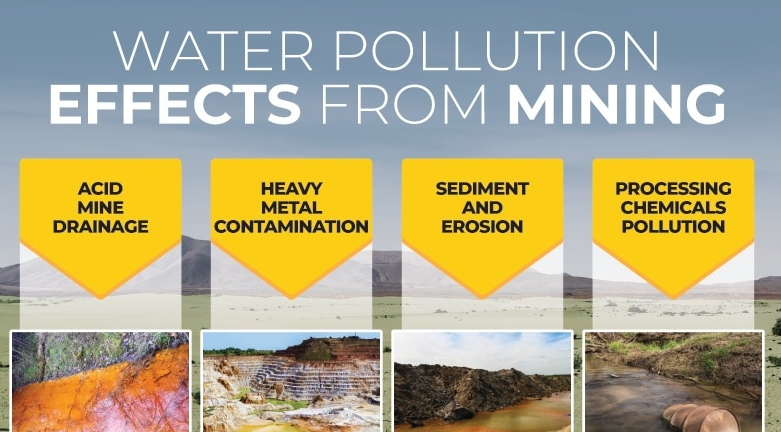Mining infrastructure forms the backbone of the global mining industry, providing the essential framework and support systems for extracting, processing, and transporting minerals and resources from the earth’s crust. From mine sites and processing plants to transportation networks and logistics hubs, mining infrastructure plays a critical role in ensuring the efficiency, safety, and sustainability of mining operations worldwide. In this comprehensive guide, we’ll delve into the intricacies of mining infrastructure, exploring its key components, challenges, and innovations shaping the future of the industry.
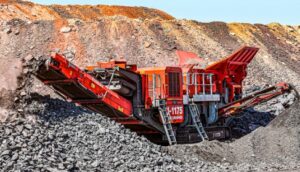
Understanding Mining Infrastructure
Mining infrastructure encompasses a wide range of physical and logistical assets designed to facilitate the extraction, processing, and transportation of minerals and resources. These assets include:
Mine Sites
Mine sites are the primary locations where minerals are extracted from the earth’s crust. They consist of various structures and facilities, including open-pit mines, underground mines, quarries, and dredging operations. Mine sites are equipped with machinery, equipment, and infrastructure to extract and transport minerals safely and efficiently.
Processing Plants
Processing plants are facilities where raw minerals are processed and refined into usable products. These plants employ various techniques, such as crushing, grinding, flotation, and smelting, to extract valuable minerals from ore and produce concentrates or refined products for further processing or distribution.
Transportation Networks
Transportation networks are essential for moving raw materials, equipment, and products between mine sites, processing plants, and distribution centers. These networks may include roads, railways, ports, and pipelines, as well as specialized transportation infrastructure such as conveyor belts, haulage trucks, and bulk carriers.
Logistics Hubs
Logistics hubs serve as central nodes for coordinating and managing the flow of materials, equipment, and supplies throughout the mining supply chain. These hubs may include warehouses, storage facilities, and distribution centers, as well as administrative offices and support services.
Challenges in Mining Infrastructure
While mining infrastructure plays a vital role in supporting mining operations, it also presents several challenges and complexities that must be addressed:
Remote Locations
Many mining operations are located in remote or isolated regions with limited access to infrastructure and services. Developing and maintaining infrastructure in these areas can be costly and challenging, requiring significant investment in transportation, communication, and support services.
Environmental Impact
Mining infrastructure can have significant environmental impacts, including habitat destruction, land degradation, and pollution of air, water, and soil. Minimizing these impacts and implementing sustainable practices is essential for mitigating environmental risks and ensuring the long-term viability of mining operations.
Safety and Health
Mining setup poses inherent safety and health risks for workers, including hazards such as cave-ins, collapses, fires, and explosions. Implementing stringent safety protocols, training programs, and emergency response plans is essential for protecting the well-being of workers and mitigating the risk of accidents and injuries.
Regulatory Compliance
Mining infrastructure is subject to a complex web of regulations, permits, and compliance requirements at the local, national, and international levels. Ensuring compliance with these regulations is essential for avoiding fines, penalties, and legal liabilities, as well as maintaining the social license to operate.
Innovations in Mining Infrastructure
Despite the challenges, the mining industry is continually innovating and adopting new technologies to improve the efficiency, safety, and sustainability of mining infrastructure:
Automation and Robotics
Automation and robotics are transforming mining operations, enabling companies to automate repetitive tasks, improve efficiency, and enhance safety. Technologies such as autonomous haulage trucks, and remote-controlled drilling rigs. Along with robotic sorting systems are increasingly being deployed to optimize mining infrastructure.
Digitalization and Data Analytics
Digitalization and data analytics are revolutionizing the way mining infrastructure is designed, operated, and maintained. Advanced sensors, IoT devices, and data analytics platforms are providing real-time insights into equipment performance, production processes, and environmental conditions. Thus enabling companies to optimize operations and reduce downtime.
Renewable Energy and Green Technologies
Renewable energy sources such as solar, wind, and hydropower are being increasingly integrated into mining infrastructure. It effecitvely reduces reliance on fossil fuels and lower carbon emissions. In addition, green technologies such as electric vehicles, hydrogen fuel cells, and energy-efficient equipment. These are helping to minimize the environmental footprint of mining operations.
Conclusion: Building a Sustainable Future
Mining infrastructure is the foundation of the global mining industry. Effectively providing the essential framework for extracting, processing, and transporting minerals and resources. It presents challenges in terms of remote locations, environmental impact, safety, and regulatory compliance. The industry is embracing innovations in automation, and digitalization. Along with renewable energy to overcome these challenges and build a more sustainable future. By investing in innovative technologies, adopting sustainable practices, and collaborating with stakeholders. The mining industry can continue to thrive while minimizing its environmental footprint and maximizing its positive impact on society.







